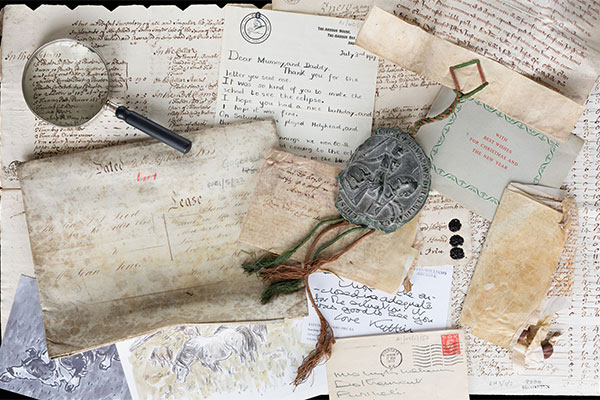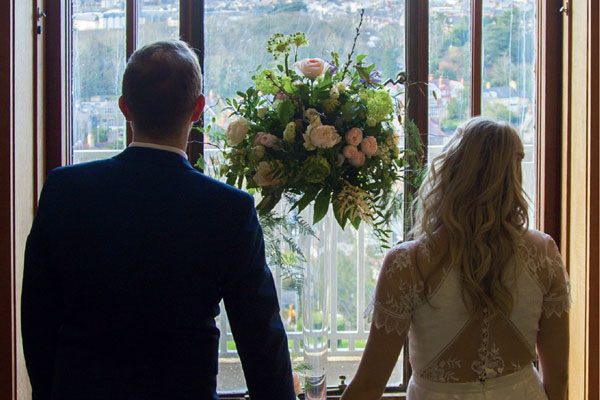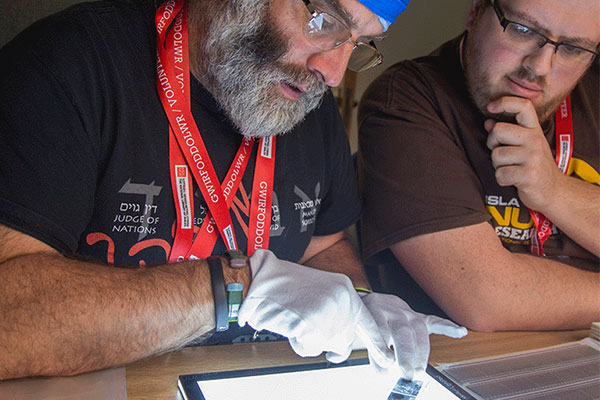Content
A number of authors have contributed to this particular manuscript, notably John Donne (1573-1631) and William Salusbury, ‘Old Blue Stockings’ (1580?–1659/60), an ancestor of the Salesburys of Bachymbyd near Ruthin. The main body of the work, however, is that of the following three members of the Salusbury family of Lleweni:
- Sir John Salusbury (1566/7–1612)
- Sir Henry Salusbury (1589–1632)
- Sir Thomas Salusbury (1612–1643)




